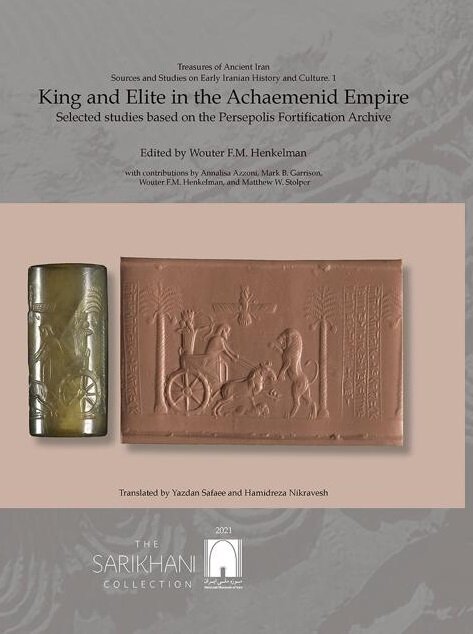Book on Achaemenid Empire published by National Museum of Iran

TEHRAN – The National Museum of Iran has recently published a book titled “King and Elite in the Achaemenid Empire”.
National Museum Director Jebrael Nokandeh, said the book contains ten articles on the Achaemenid Empire, its kings and elites, and related studies.
“What brings all these articles together is their common theme of the King's network of relations with the dominant ethnic class, a group of individuals who formed the main body of power structure during the Achaemenid period,” Nokandeh said.
He emphasized it is also noteworthy that the focus of all these articles is on the analysis of information that the “Persepolis Fortification Archive”, one of the most important sources of Achaemenid history, provides.
According to the publishing department of the museum, the book is aimed to transfer the results of international studies to Persian speakers, given the return of a significant portion of Persepolis tablets from Chicago to the National Museum of Iran.
“The book consists of 10 chapters in 4 thematic sections and is published in full color in 512 pages and 500 copies.”
The editor of the volume is Wouter F.M. Henkelman with contributions by Annalisa Azzoni, Mark B. Garrison, Wouter F.M. Henkelman, and Matthew W. Stolper. The chapters were translated by Yazdan Safaee and Hamidreza Nikravesh, the museum said.
The empire, founded by the Persian kings Cyrus and Darius, stretched from the Balkans to Central Asia at its peak. It was the first state model based on the diversity and tolerance of different cultures and religions.
Persepolis, also known as Takht-e Jamshid, whose magnificent ruins rest at the foot of Kuh-e Rahmat (Mountain of Mercy), was the ceremonial capital of the Achaemenid Empire. It is situated 60 kilometers northeast of the city of Shiraz in Fars province.
The city was burnt by Alexander the Great in 330 BC apparently as revenge to the Persians because it seems the Persian King Xerxes had burnt the Greek City of Athens around 150 years earlier.
AFM
